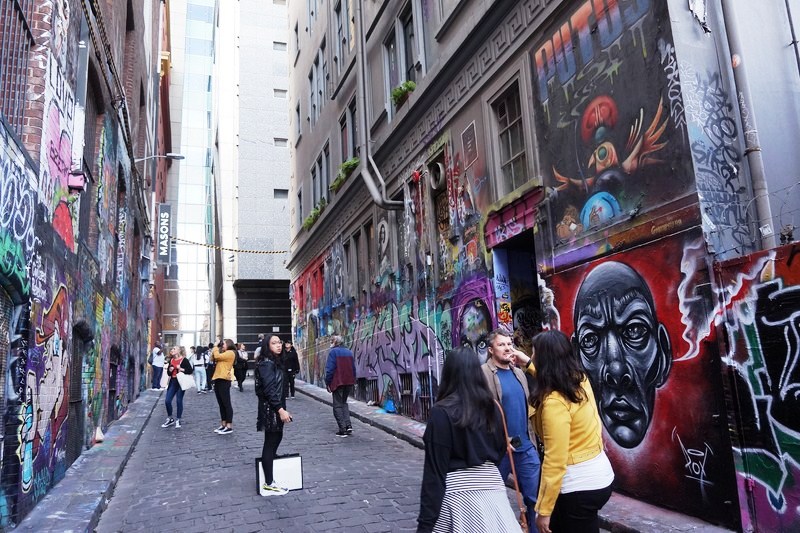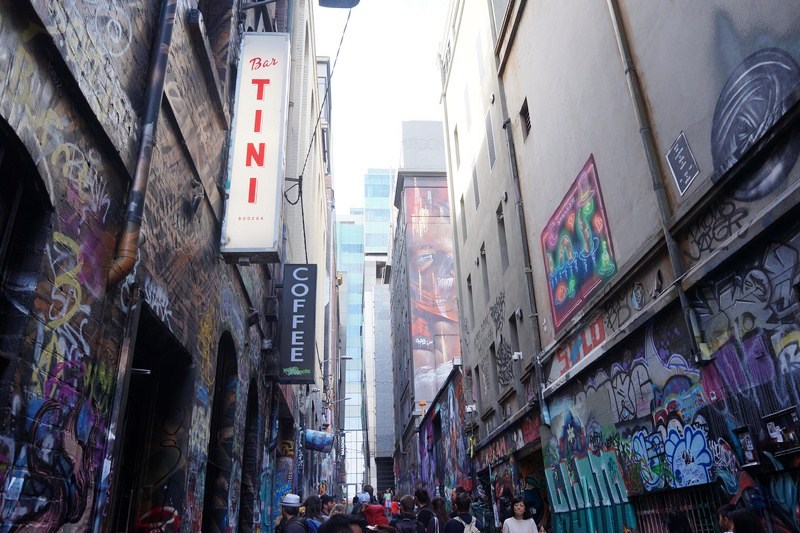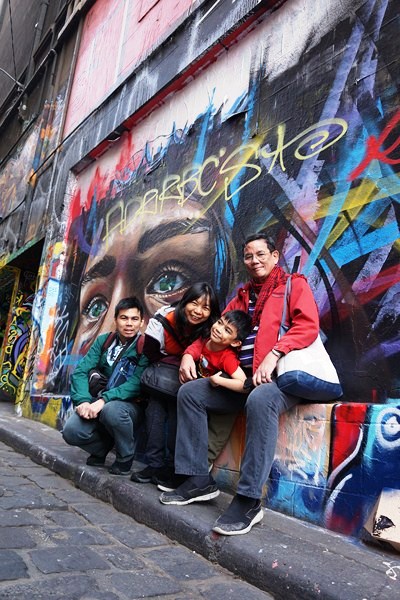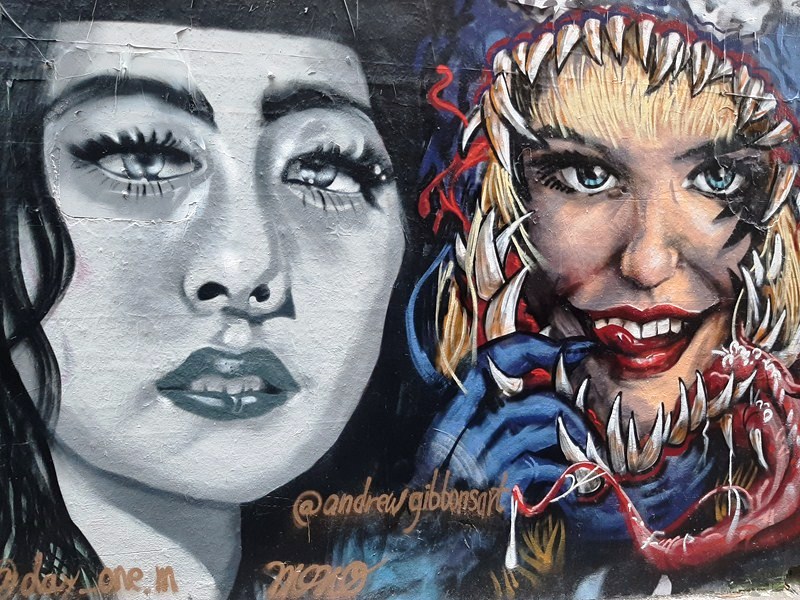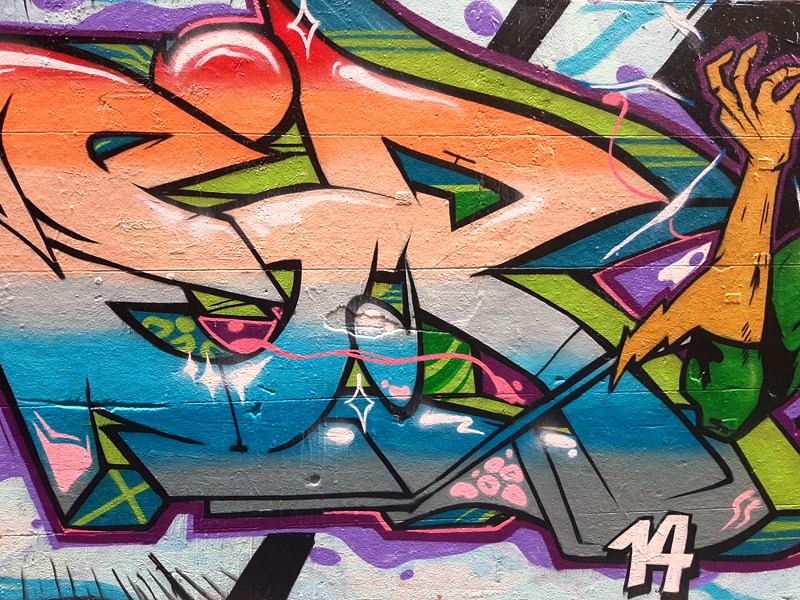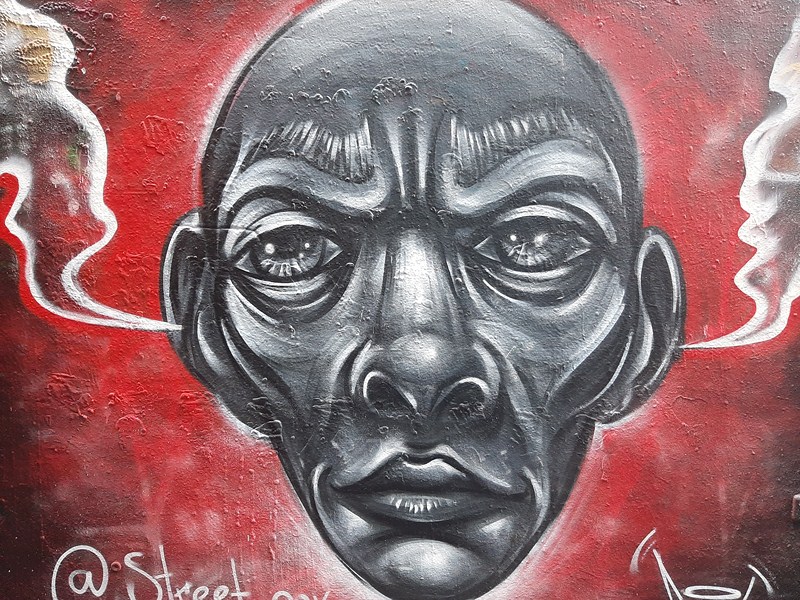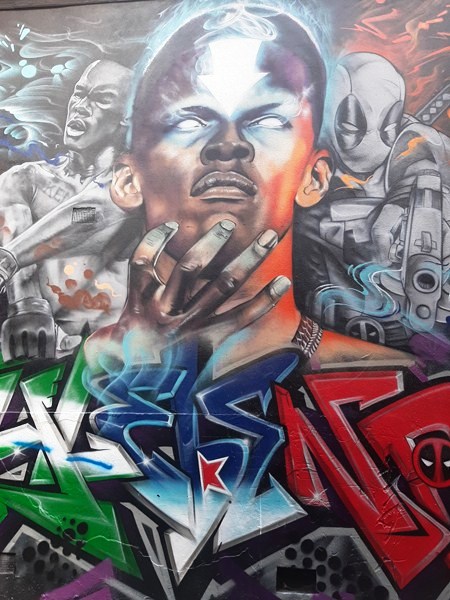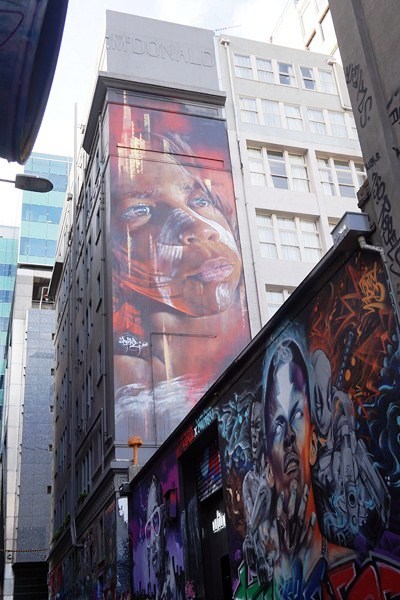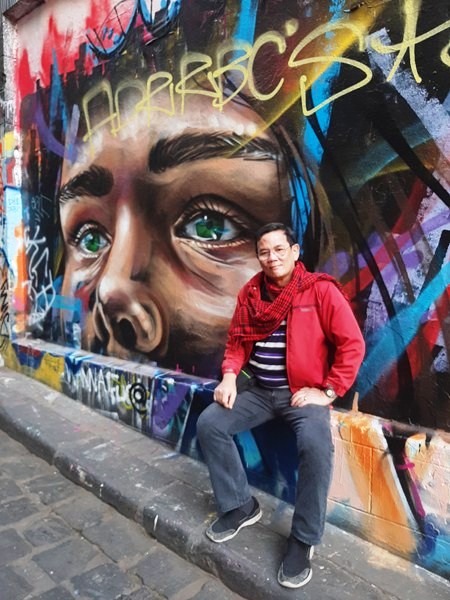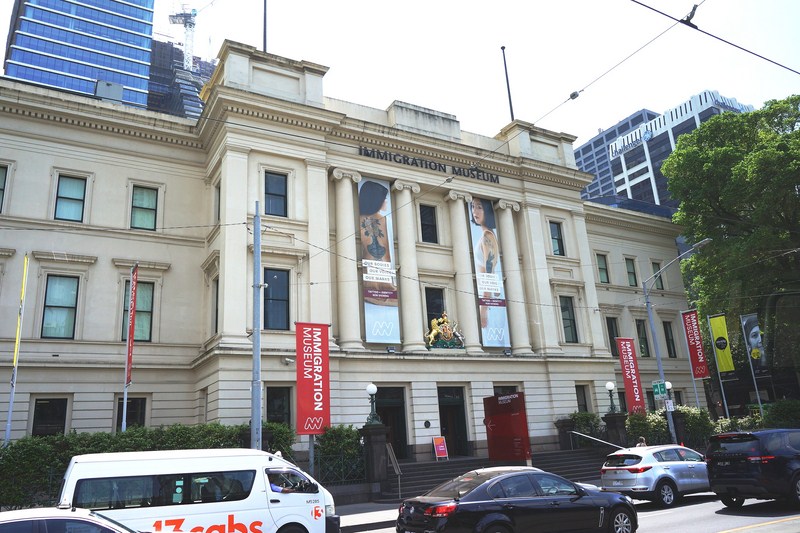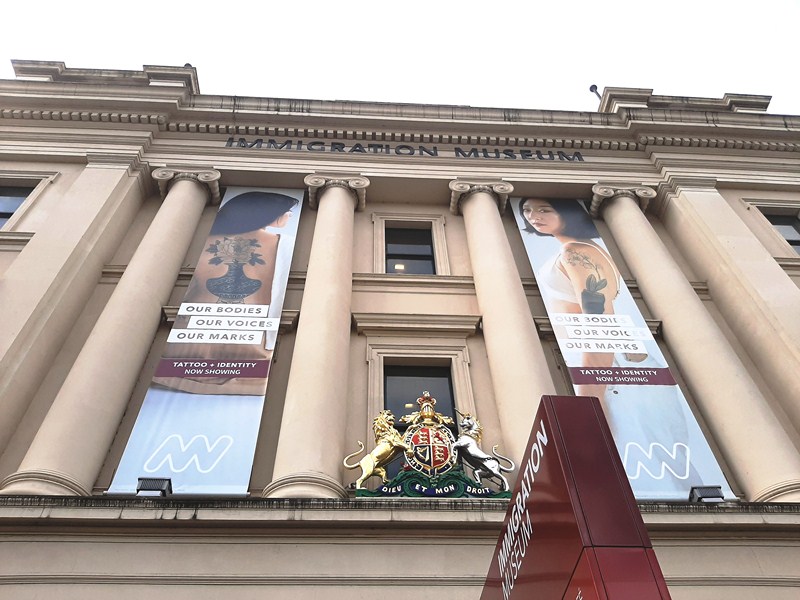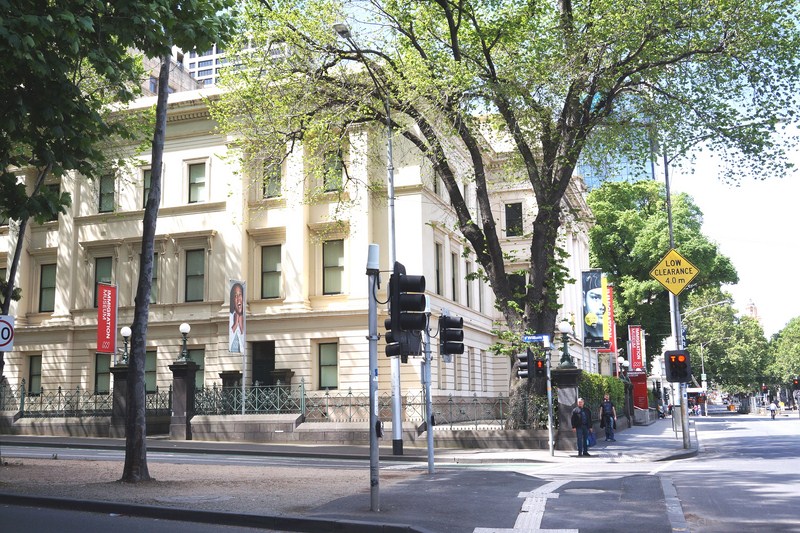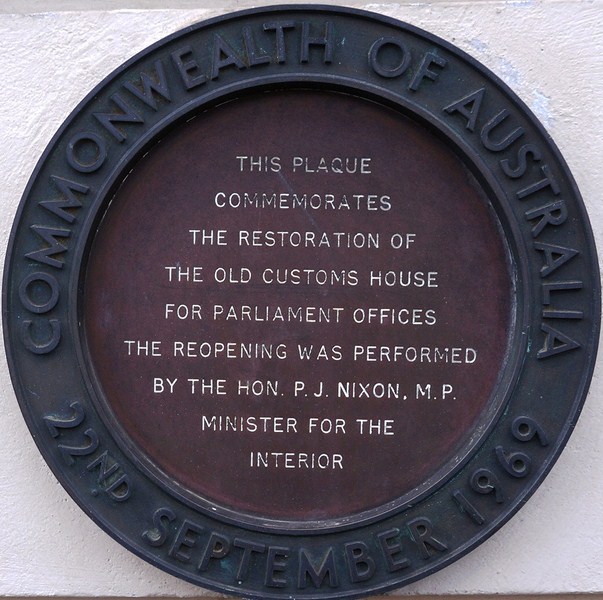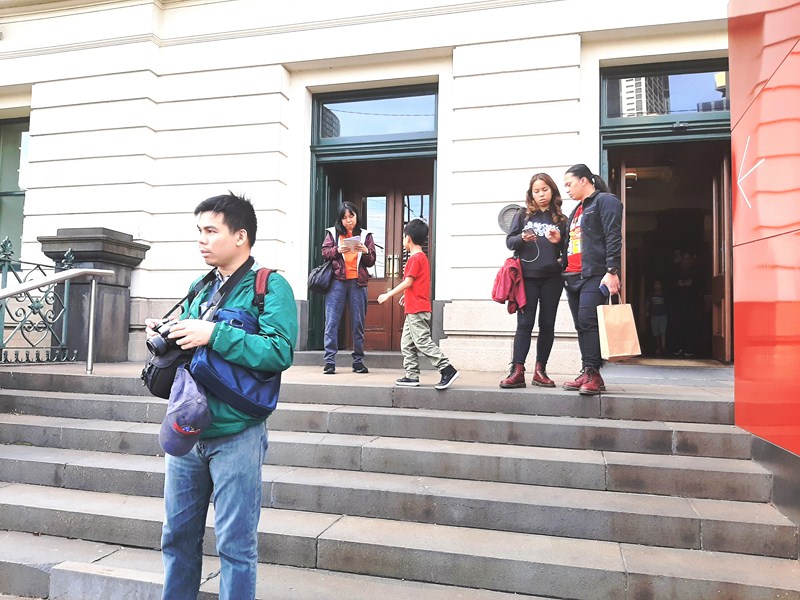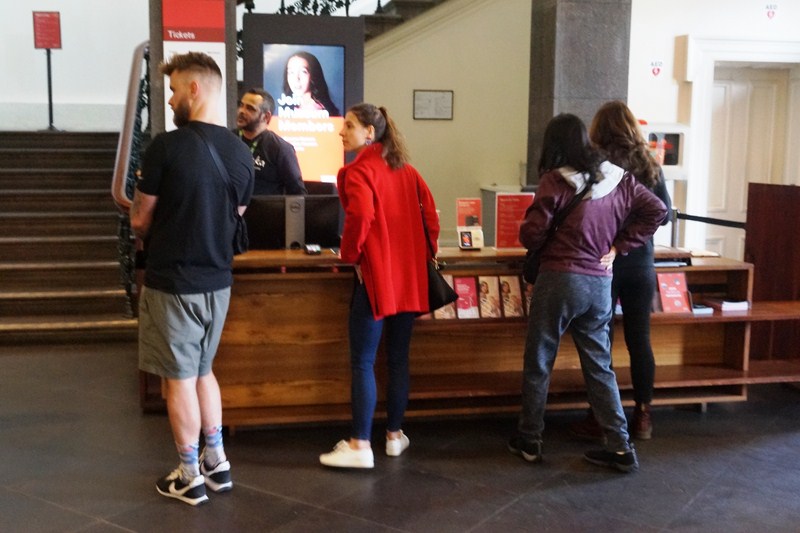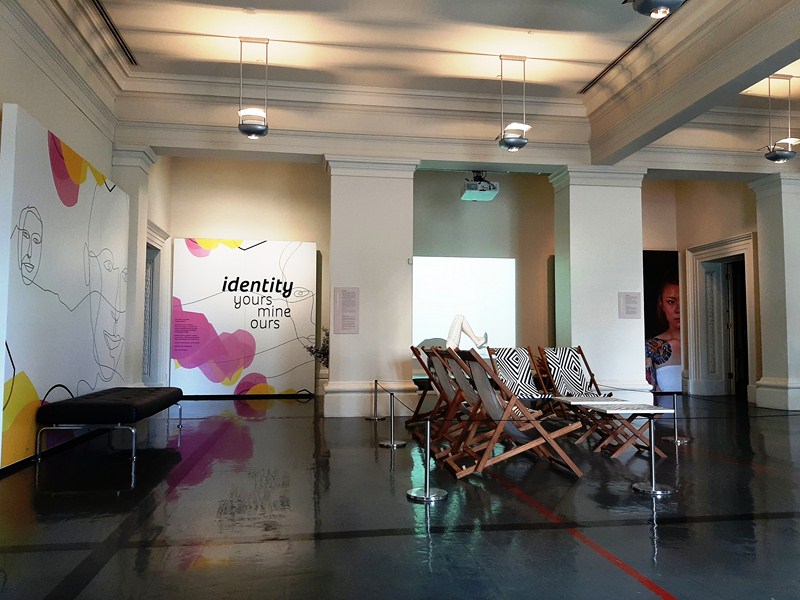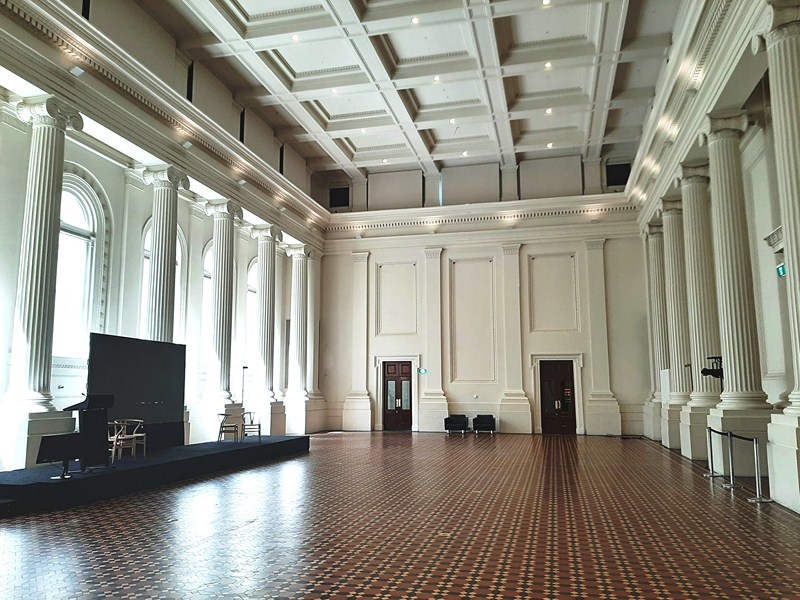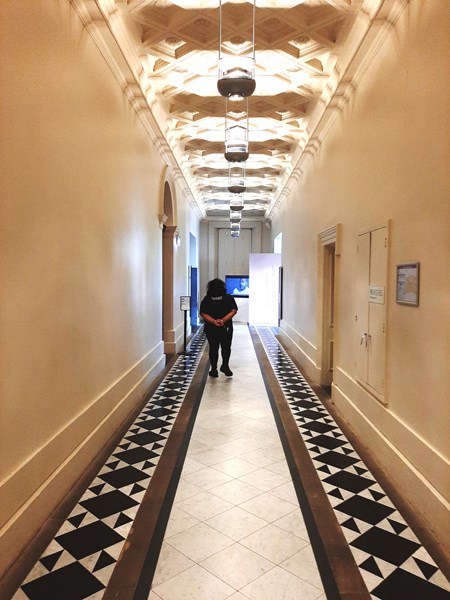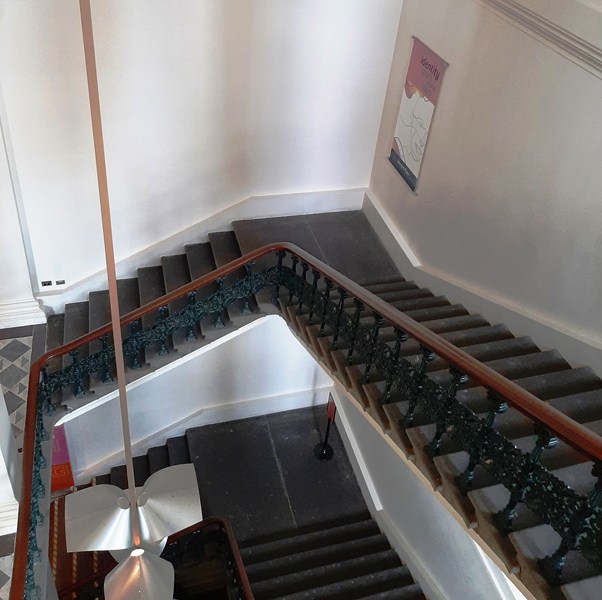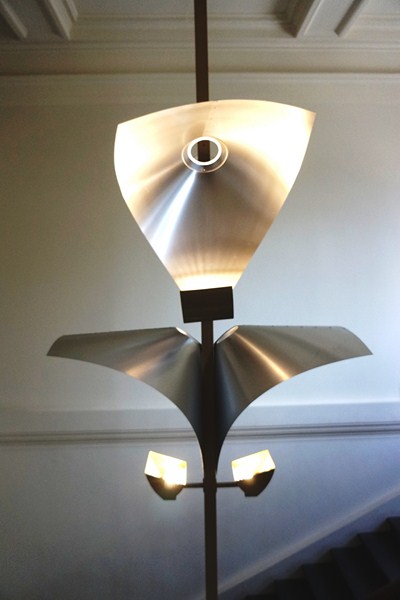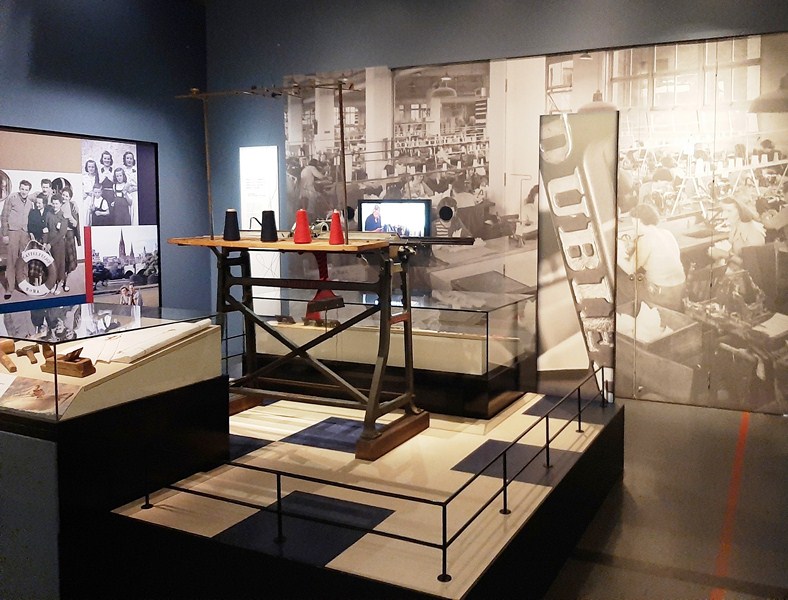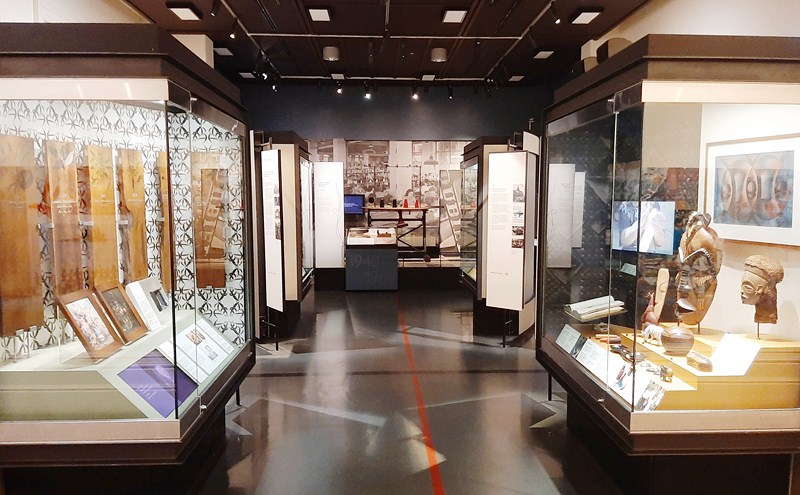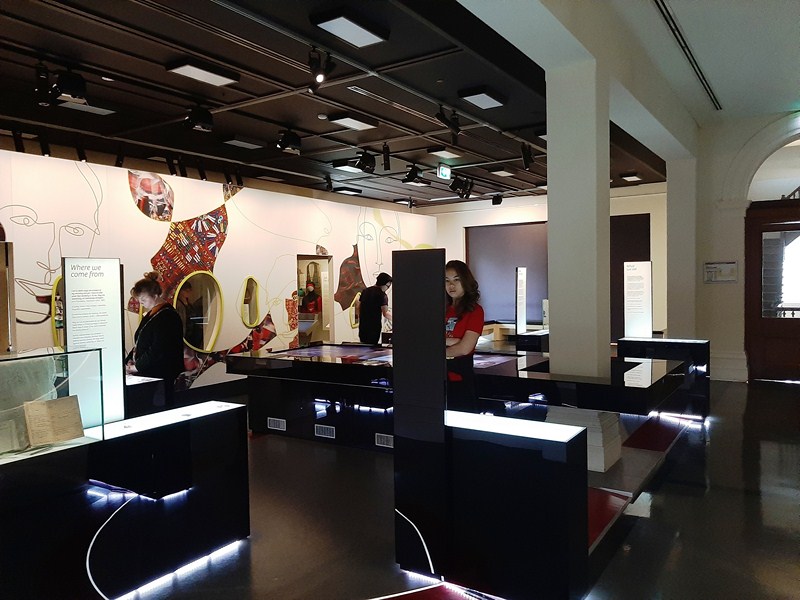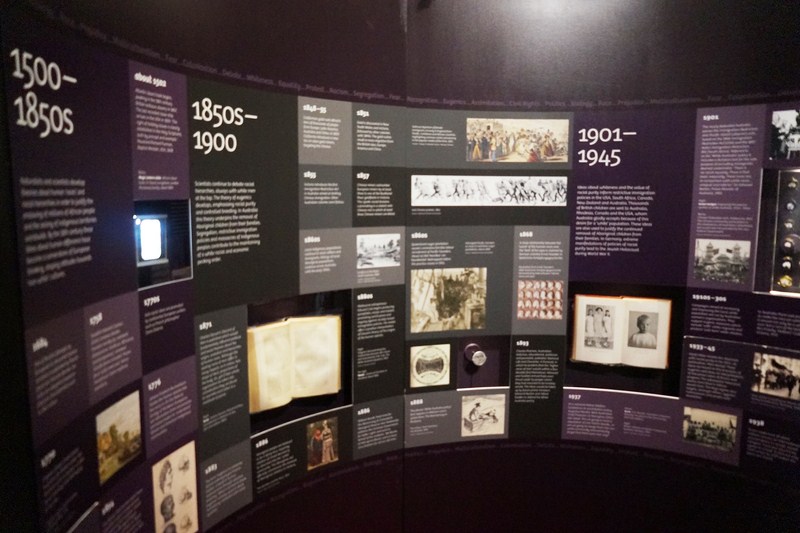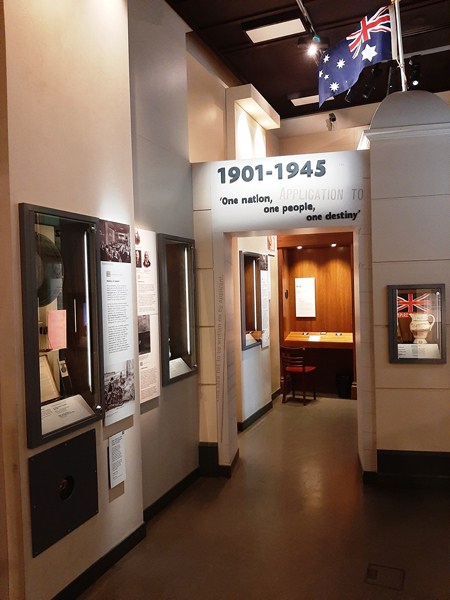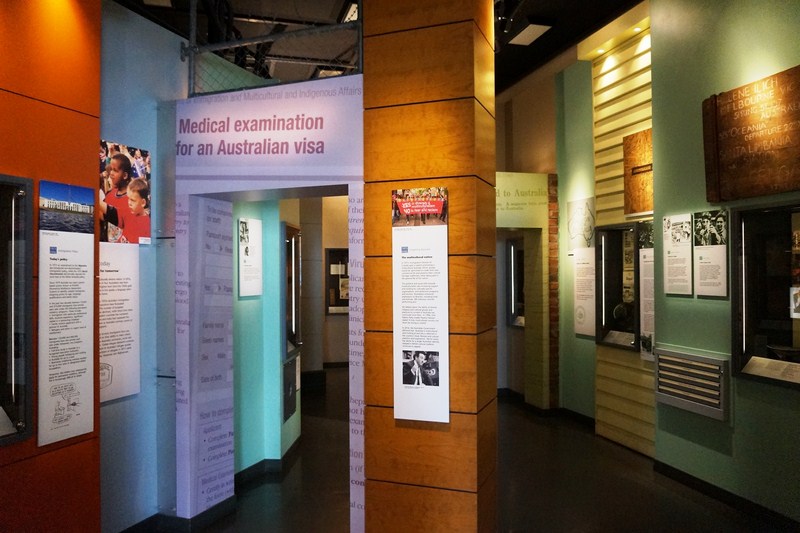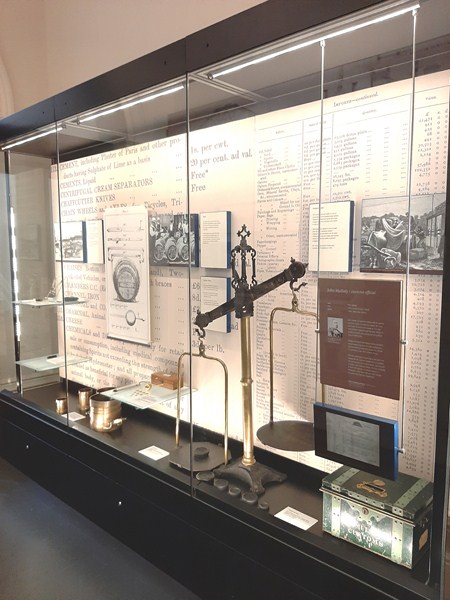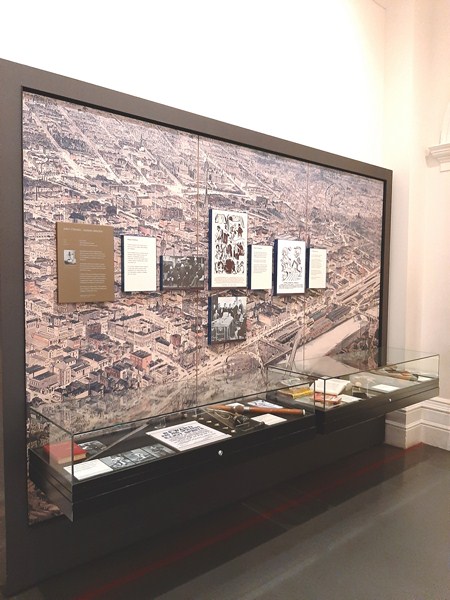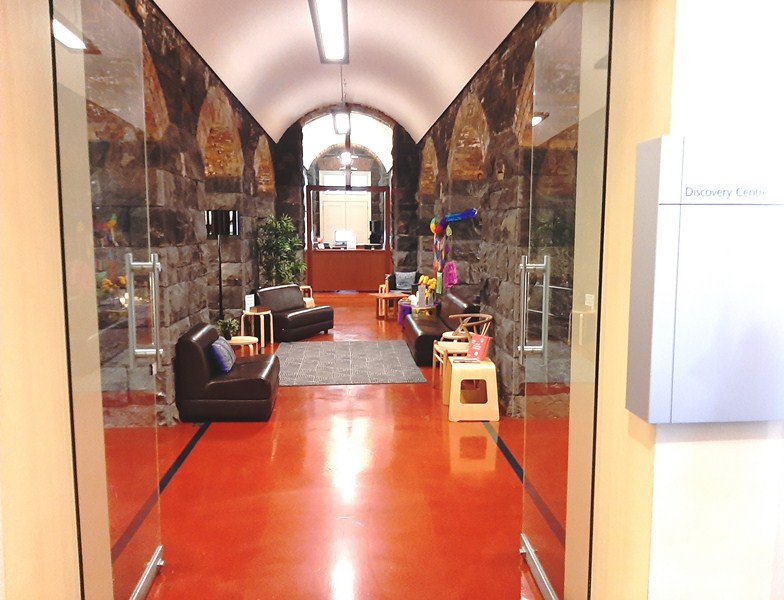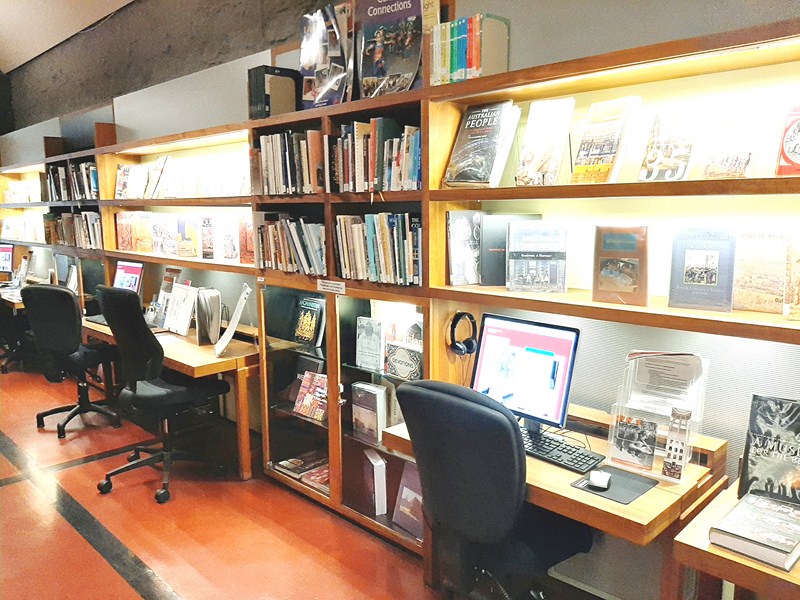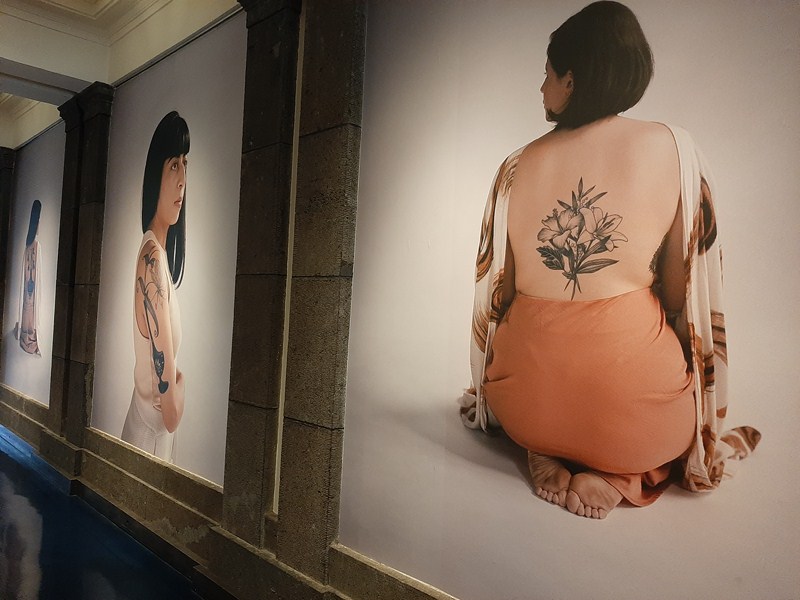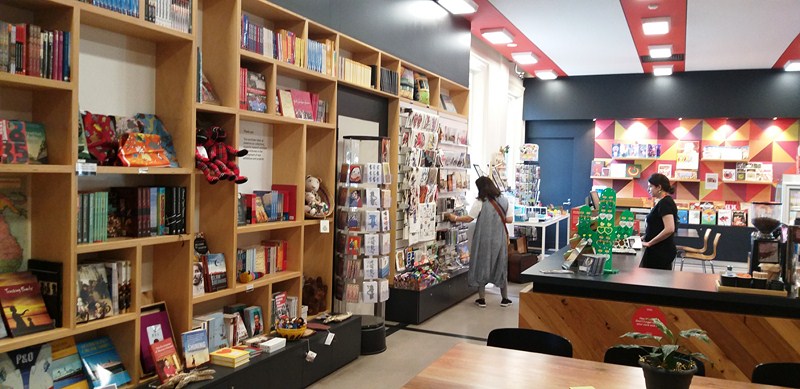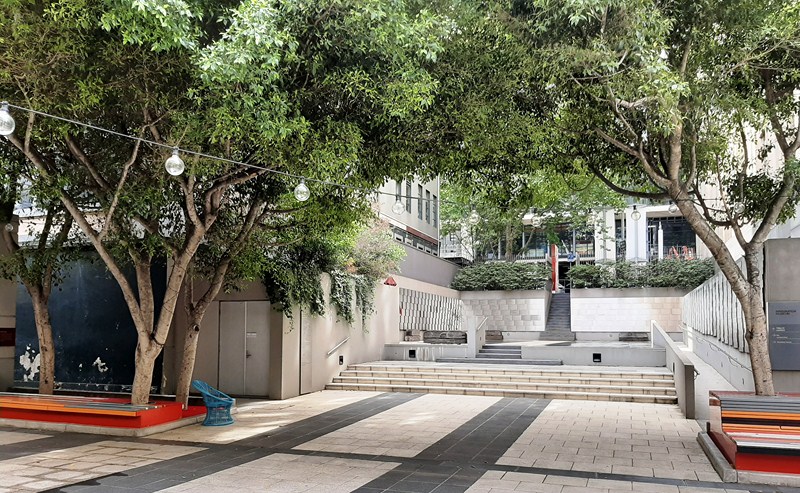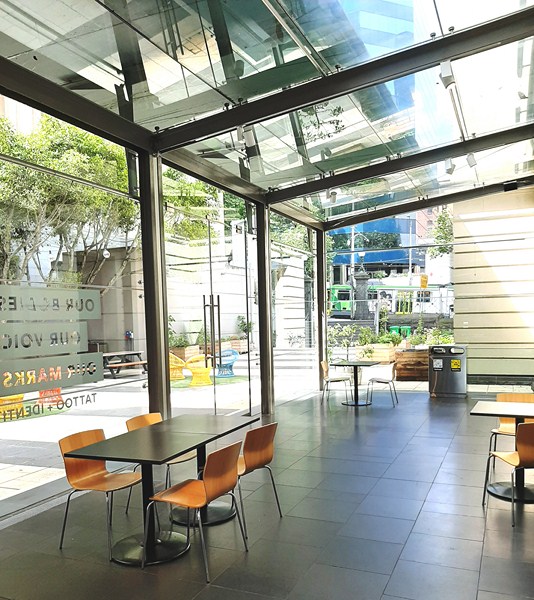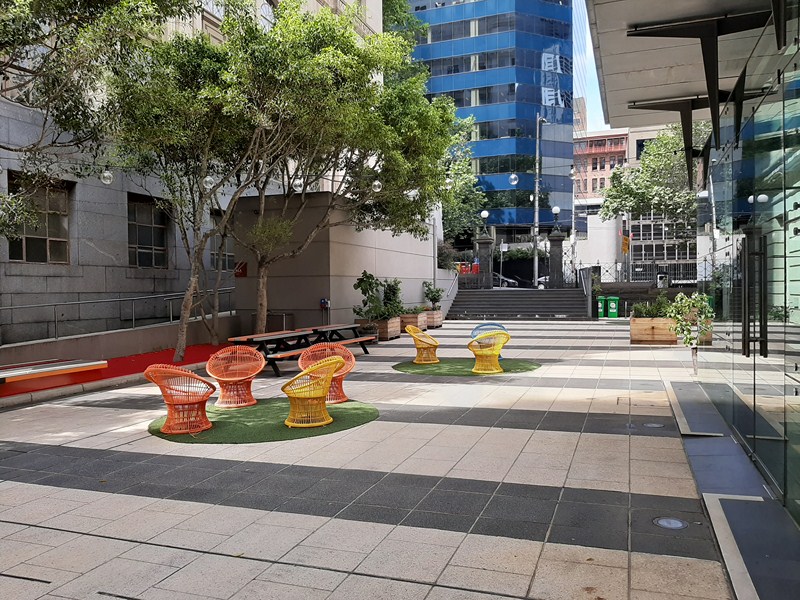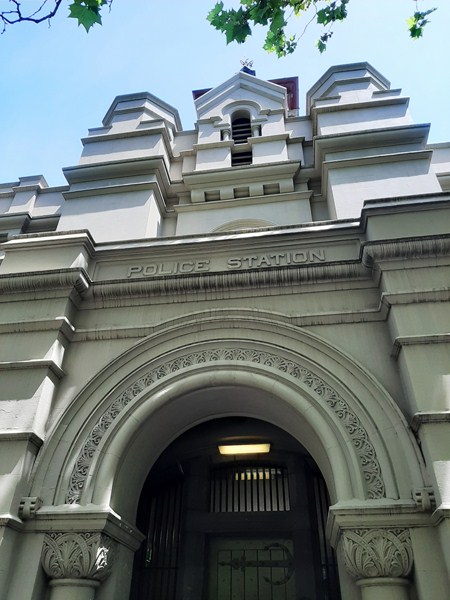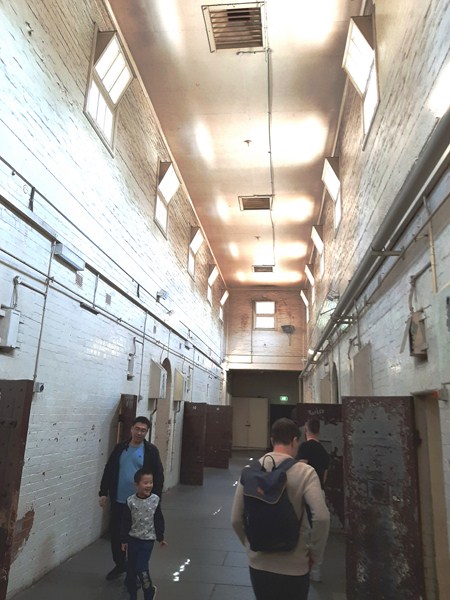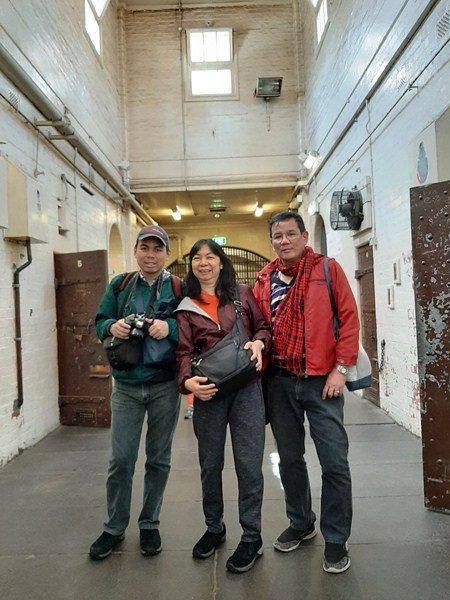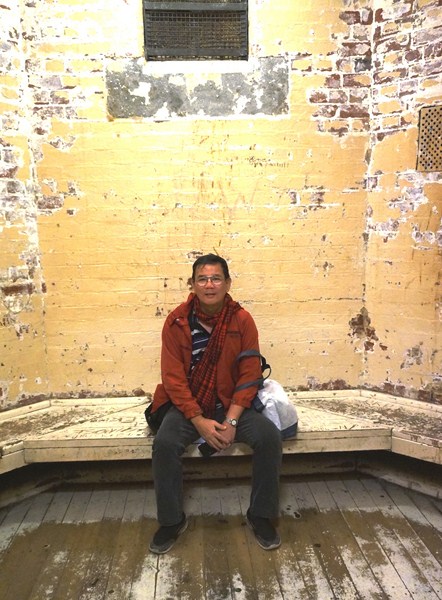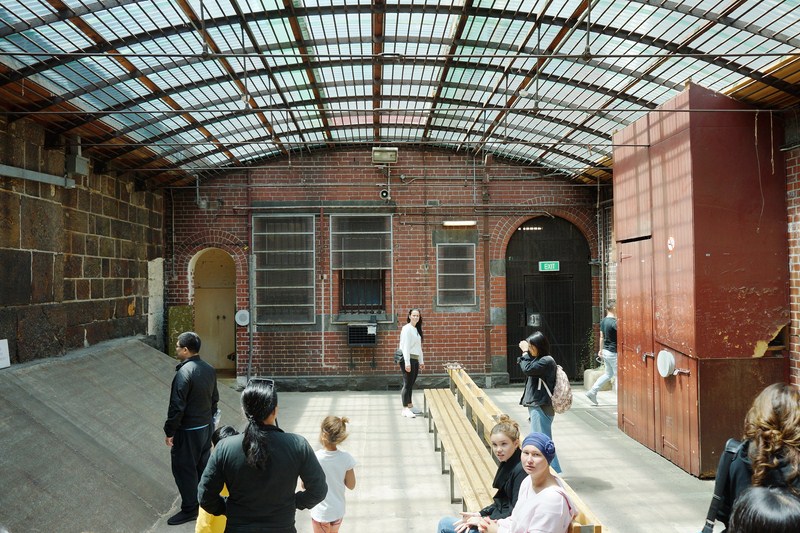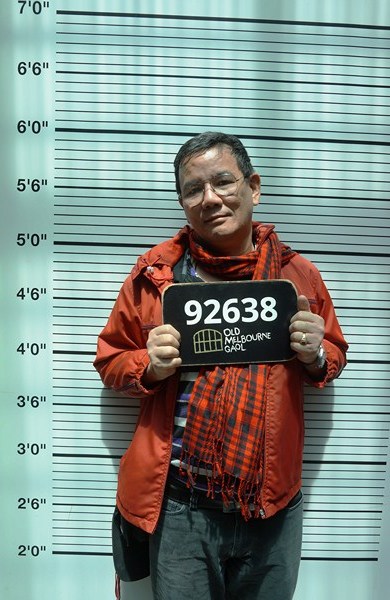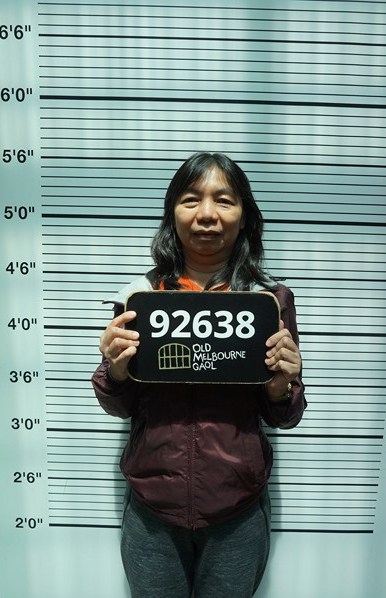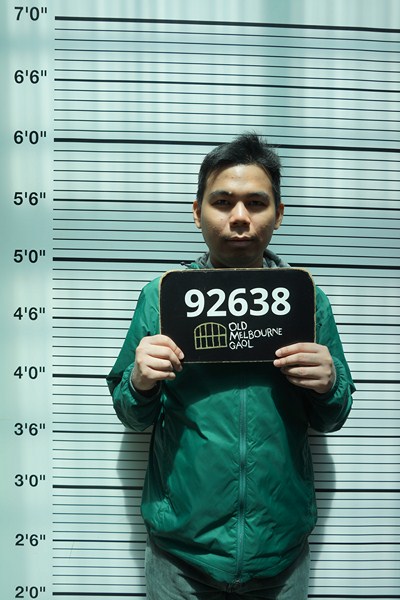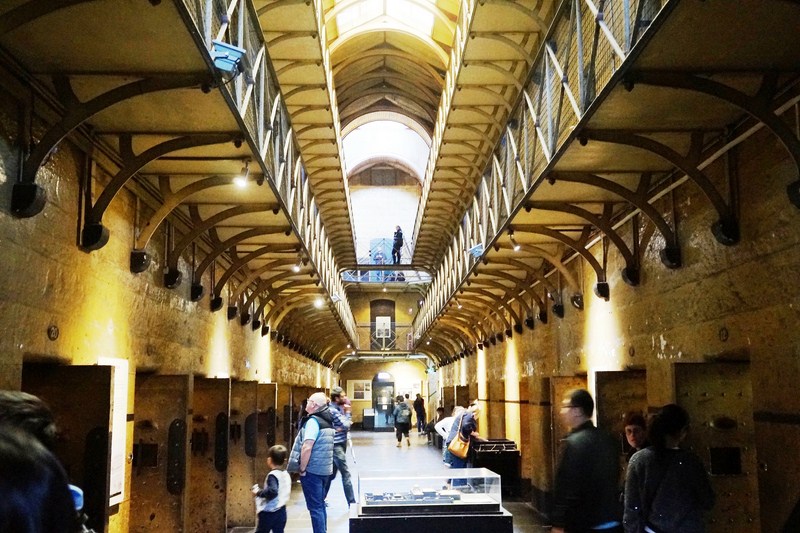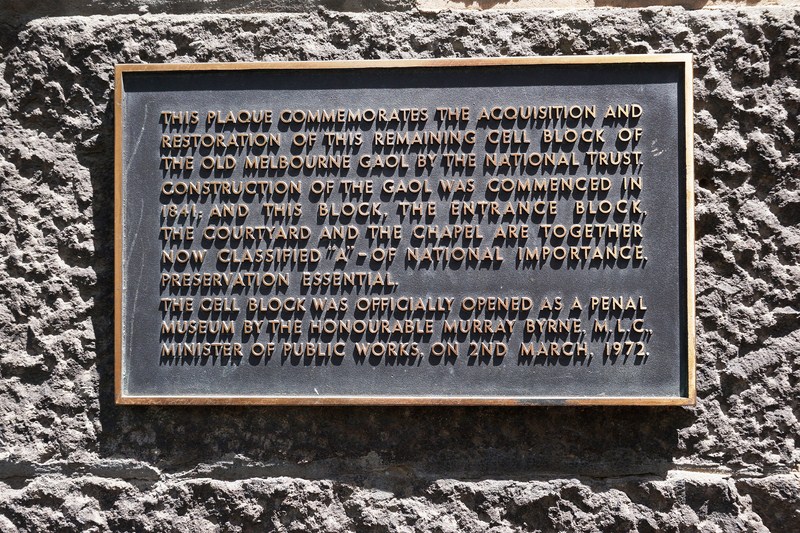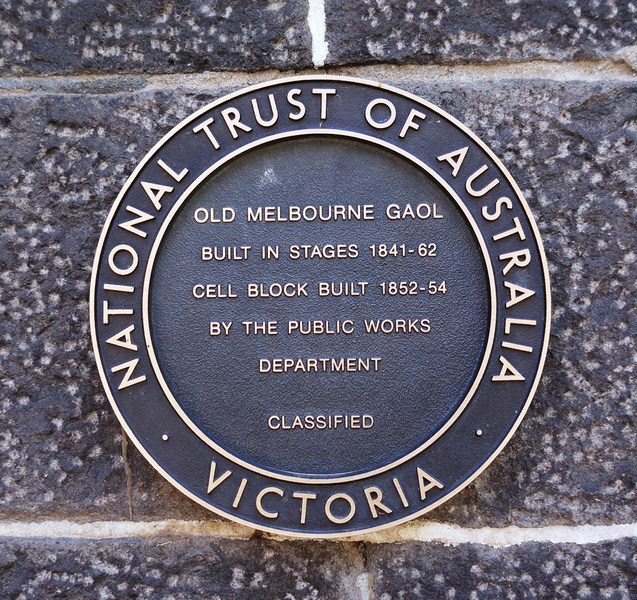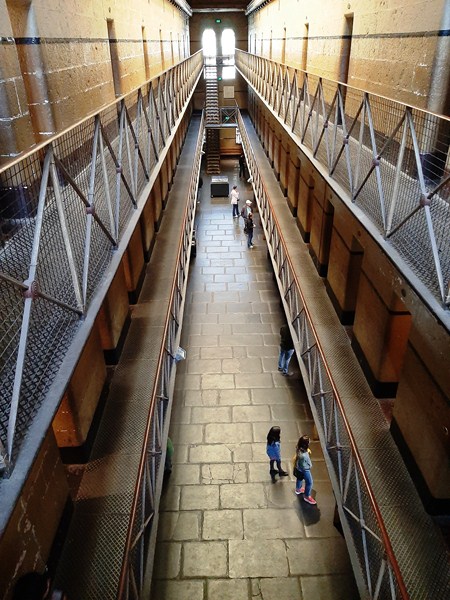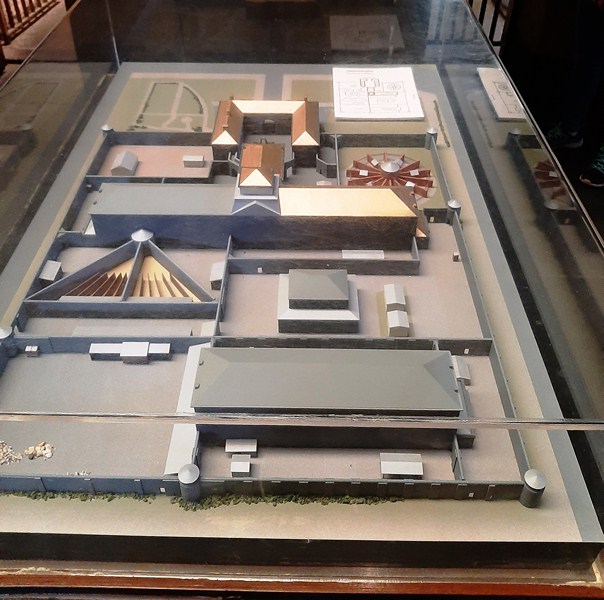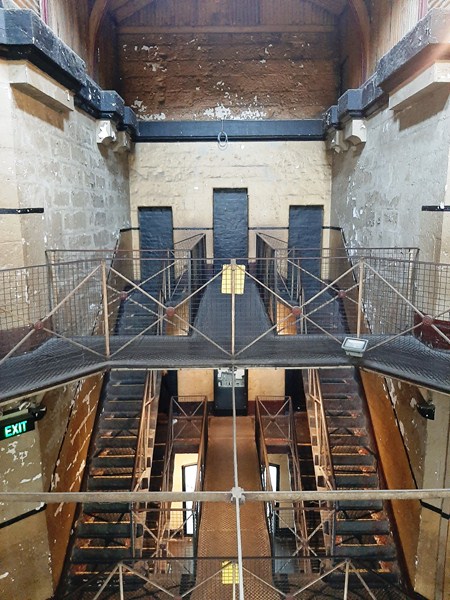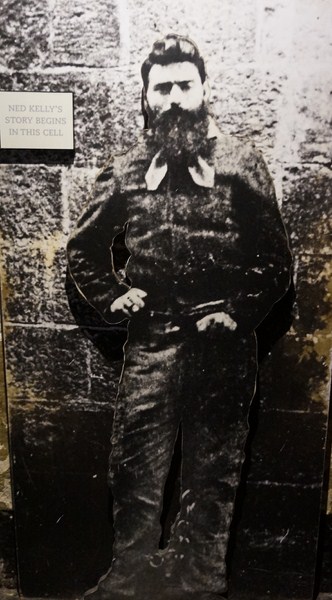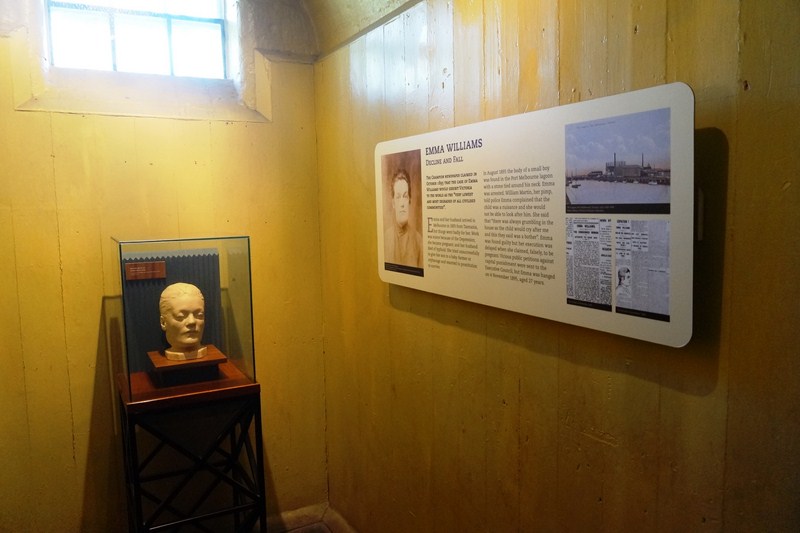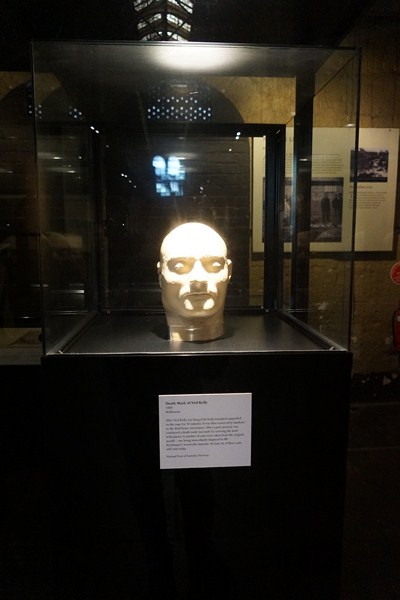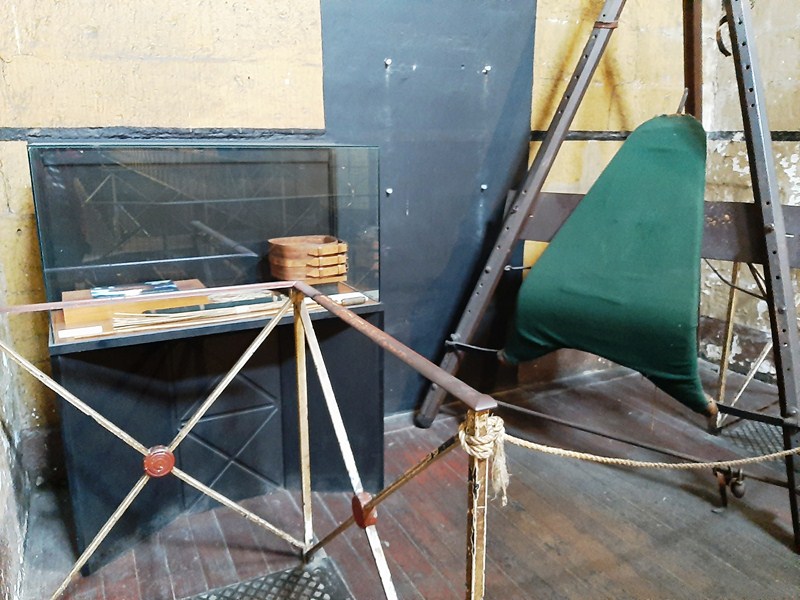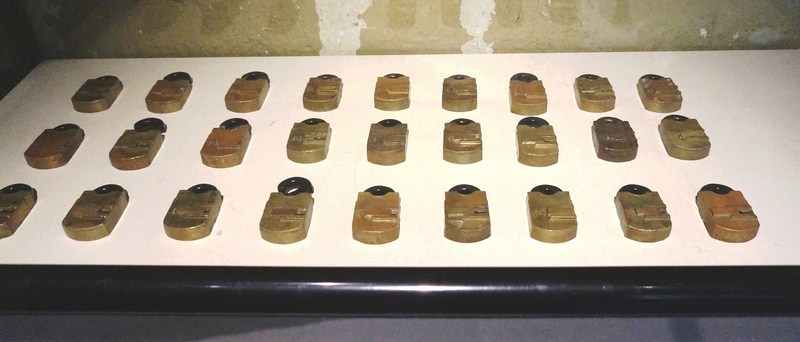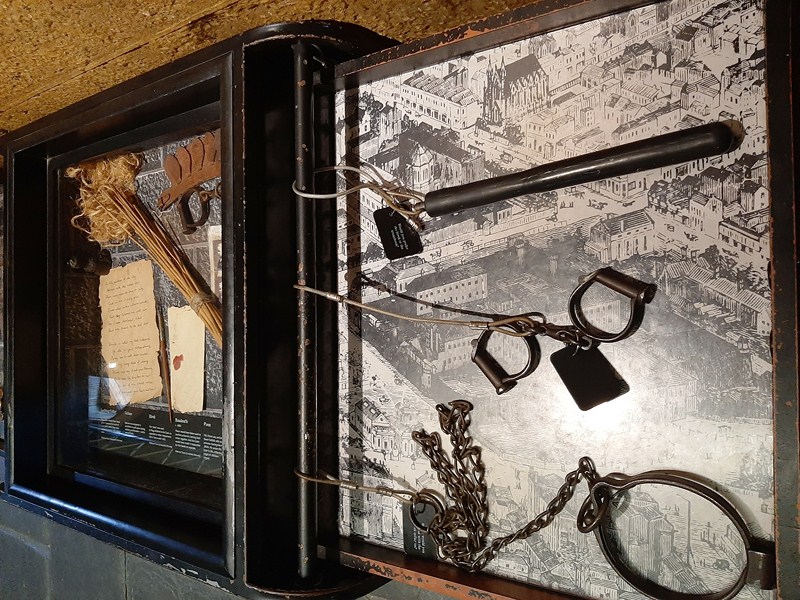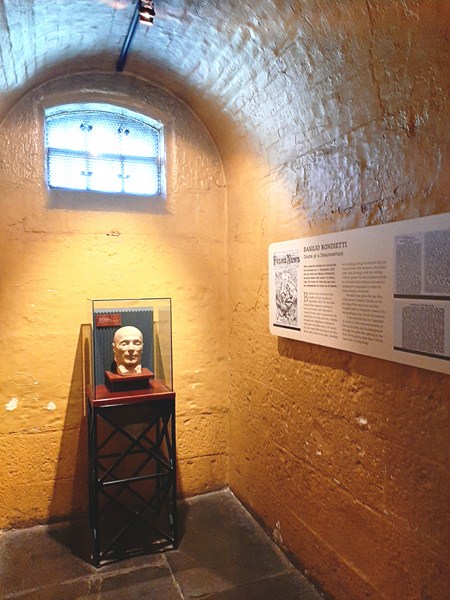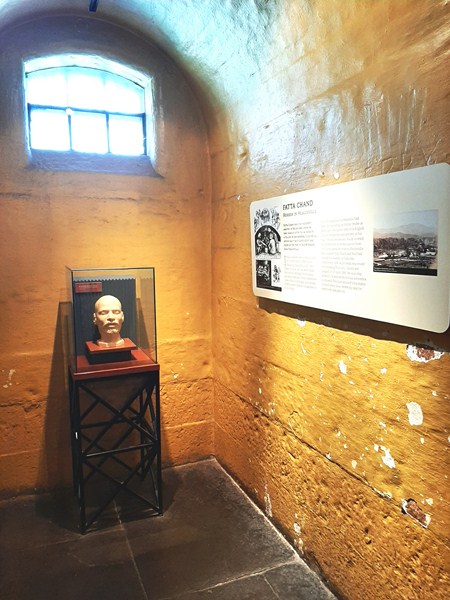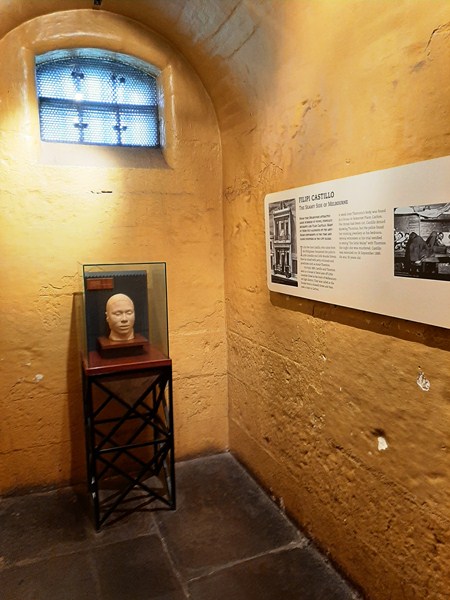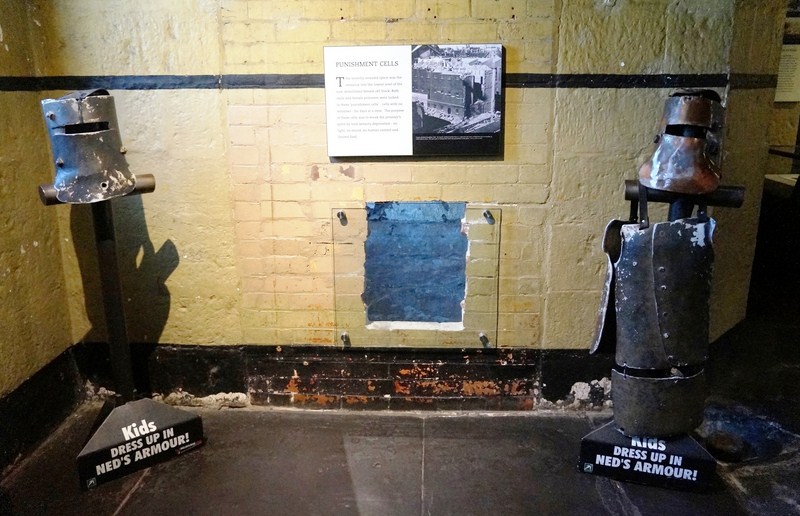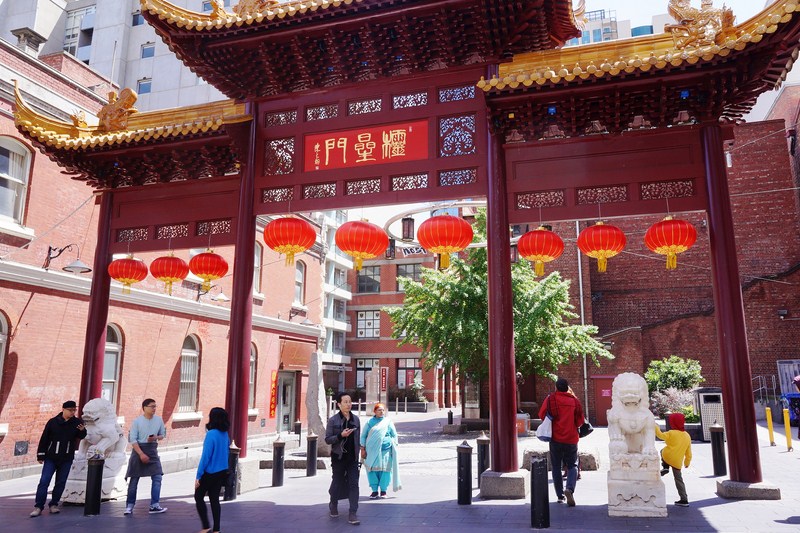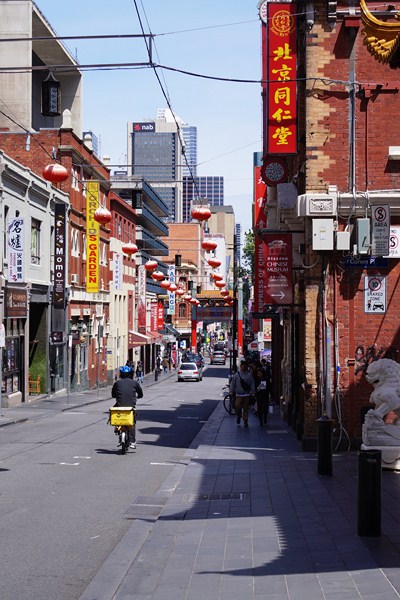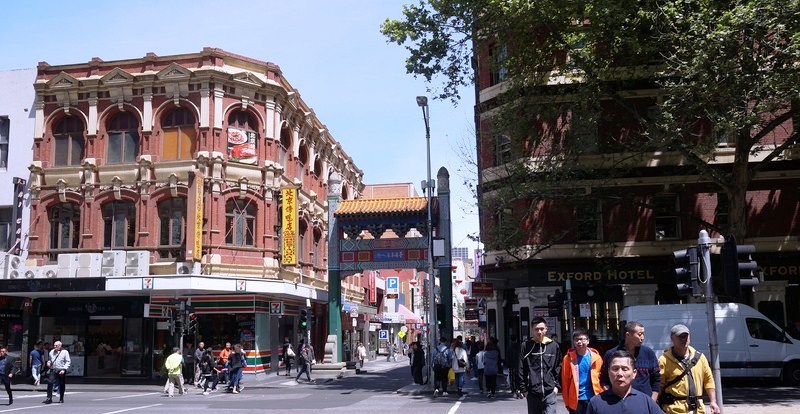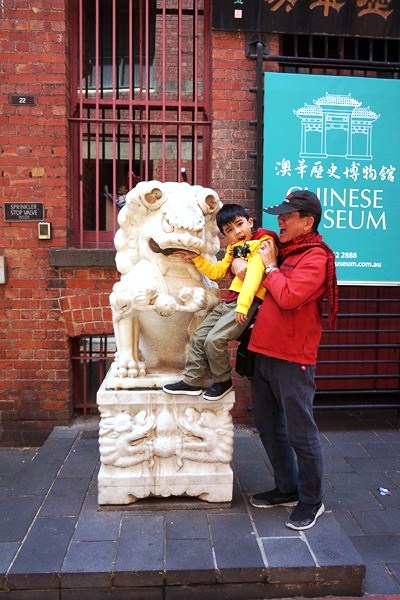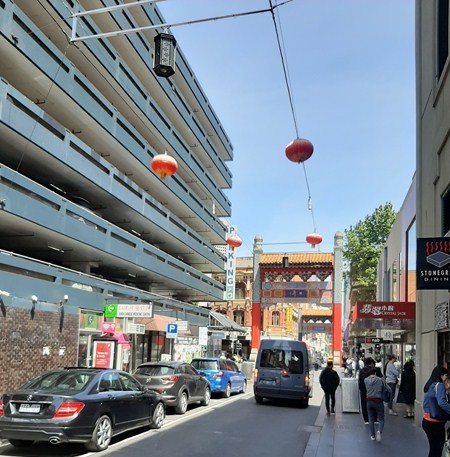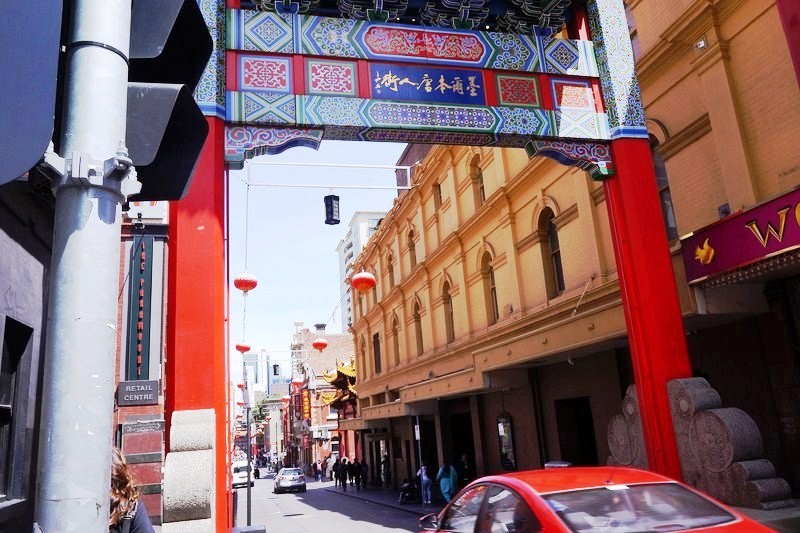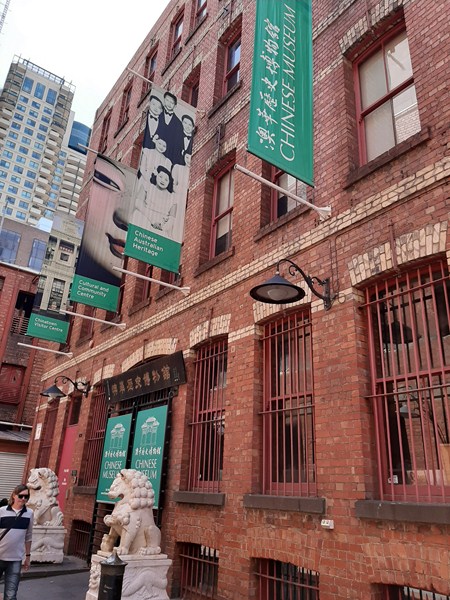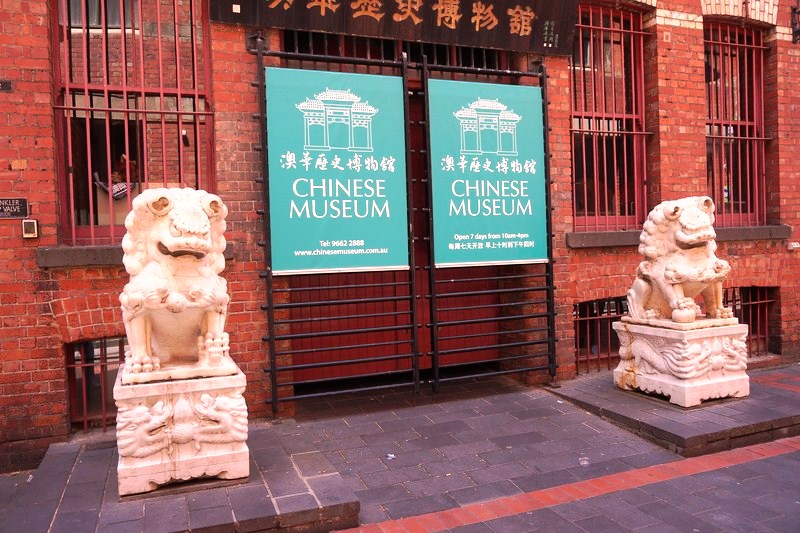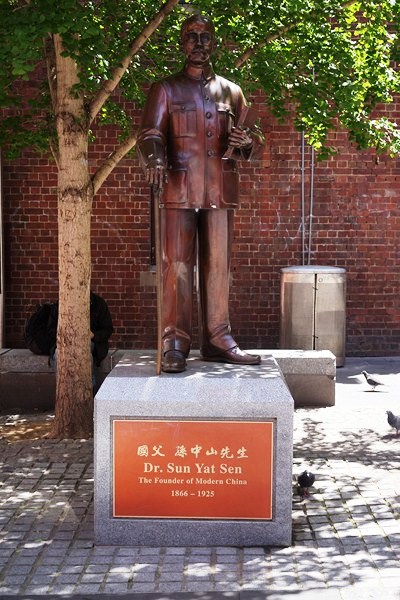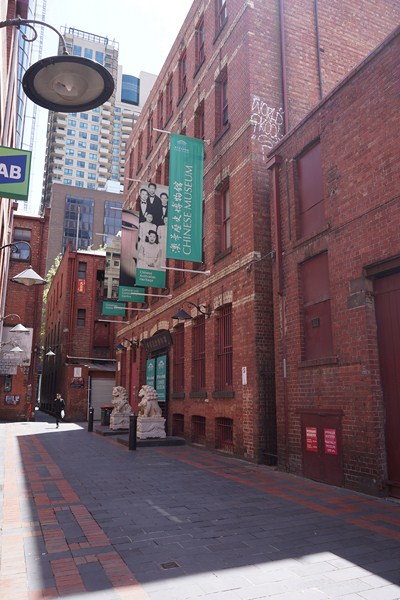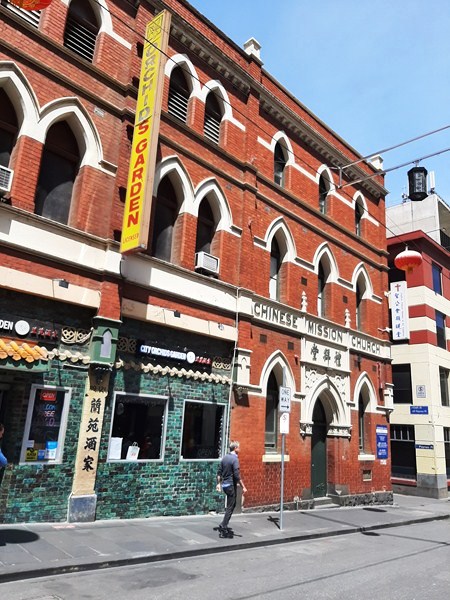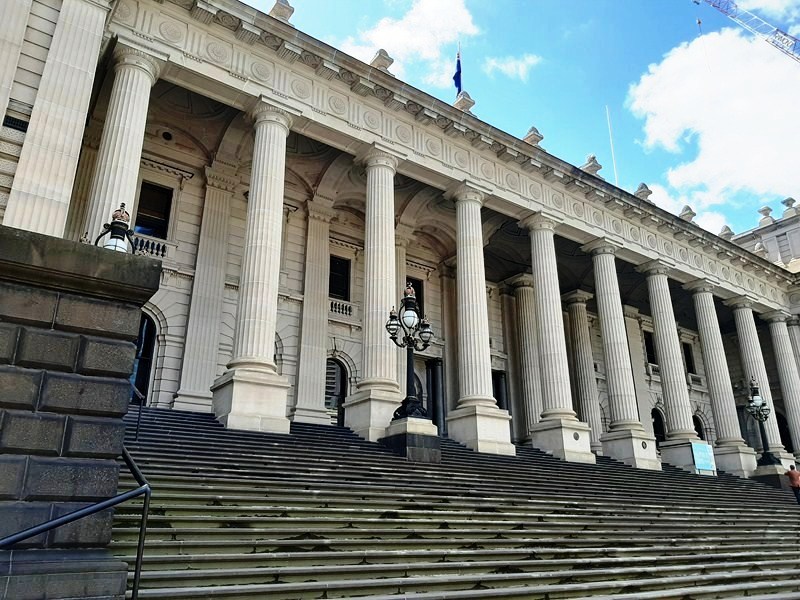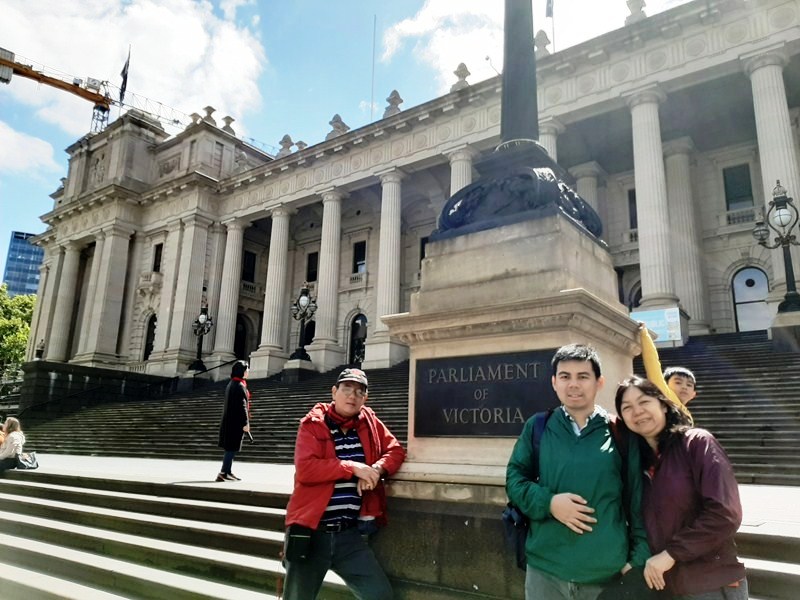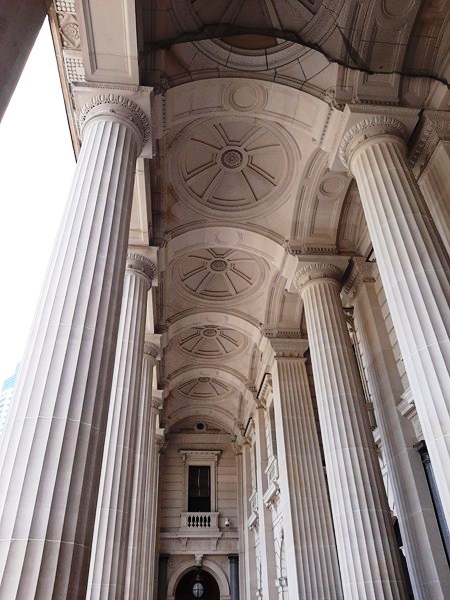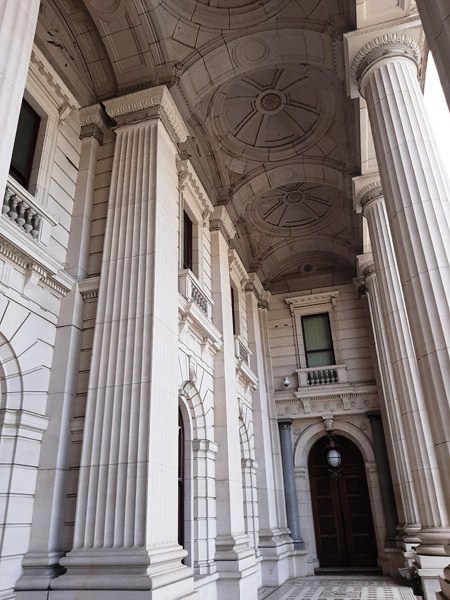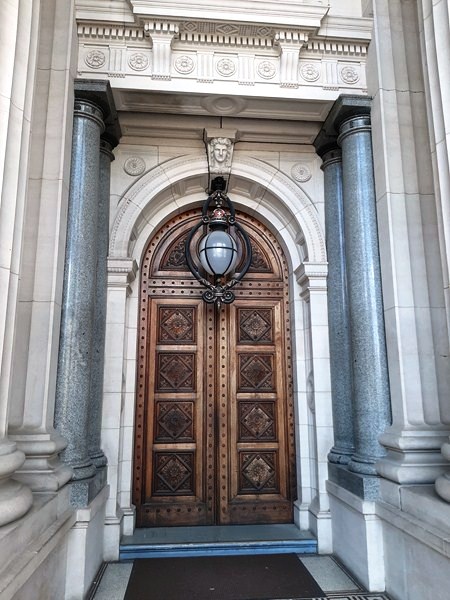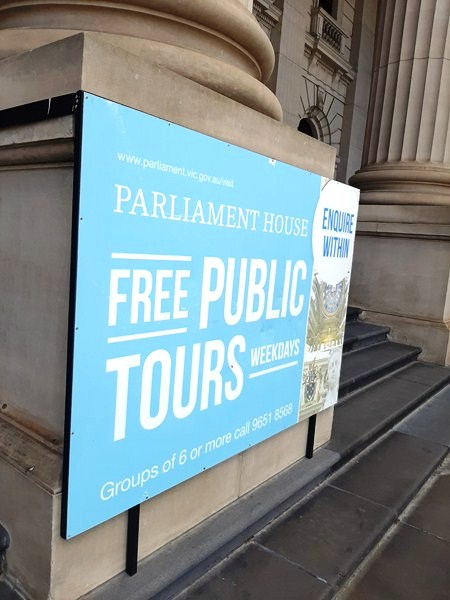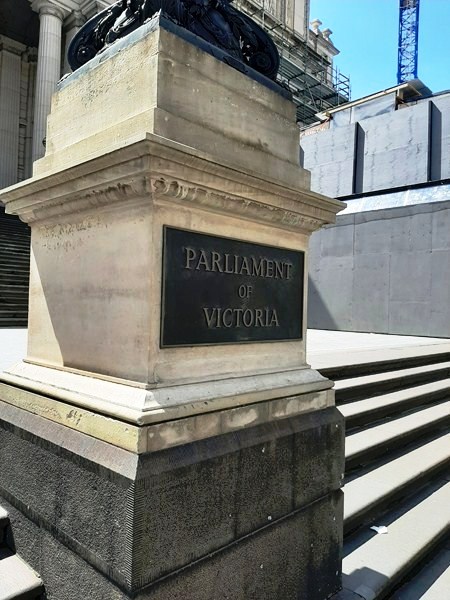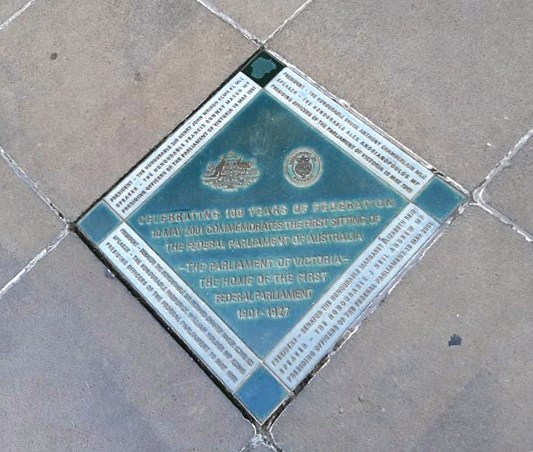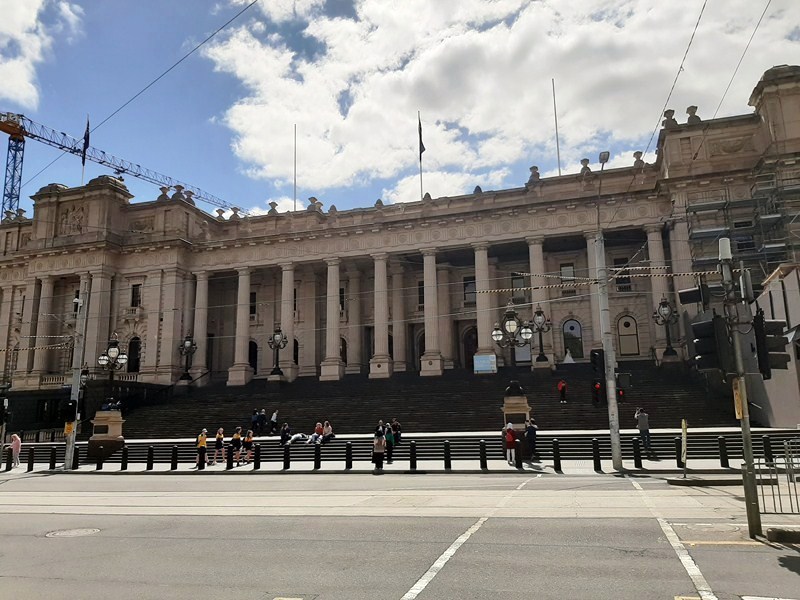We were now on our last day in Melbourne and they say you shouldn’t leave the city without taking the time to explore at least one of the city’s laneways and street art in Melbourne, a defining characteristic of the city, is celebrated here and its urban art scene is known across the globe.
Melbourne, the cultural capital of Australia and one of the great street art capitals, oozes art out of its pores. Just by walking its many alleyways, one would be shocked by the amount of incredible, constantly changing street art, with layers and layers of spray paint on every surface – walls, dumpsters, pipes, windows and the street below.
Union Lane, ACDC Lane (immortalizing Australian kings of rock), Degrave Street and Croft Alley in Chinatown are some of the few lanes that are full of colorful works but the city’s most popular laneway is Hosier Lane and this we explored. A much celebrated landmark mainly due to its sophisticated urban art, it showcases the best graffiti and street art talent in the city.
Check out “Melbourne Chinatown“
This sloping alley, set with rough bluestone paving stones, is the epicenter of Melbourne’s street art scene, containing the area’s densest collection of spray-painted masterpieces.
Declared a “graffiti tolerance zone” by the city council, it has been well-known for the quality and the often political nature of its street art and graffiti created by local and international artists alike. In Melbourne, street art is legal with the proper written permission from the building owner. In a heritage control area, a planning permit may also be required for a property.
The city is home to some of the best graffiti artists in the world and their creativity is abundantly on display on Hosier Lane. Over the years, layer upon layer of spray paint and other mixed-media have been sprayed on every inch of the walls of the street and its side alleys.
From Hosier Lane’s cobbled length, we joined camera-wielding crowds and wannabe Instagram models posing in front of edgy graffiti, stencils, paste-ups, murals and art installations, taking in the dizzying array of colors, characters and shapes. Others watch these from the comfort of the window seats at Bar Tini.
The art’s subject matter, running to the mostly political and counter-cultural, is spiced with irreverent humor. Due to the dynamic nature of street art, this pedestrian laneway, covered from beginning to end, with not a single square foot left untouched, is constantly changing and no two visits will be the same. Even if I wasn’t a fan of the graffiti movement, Hosier Lane was still a site to behold. Too bad we didn’t get to witness a street artist in action.
Previously, Hosier Lane has been fairly empty of private enterprise, its e main tenant being the Youth Project (which provides crucial services for the disadvantaged).
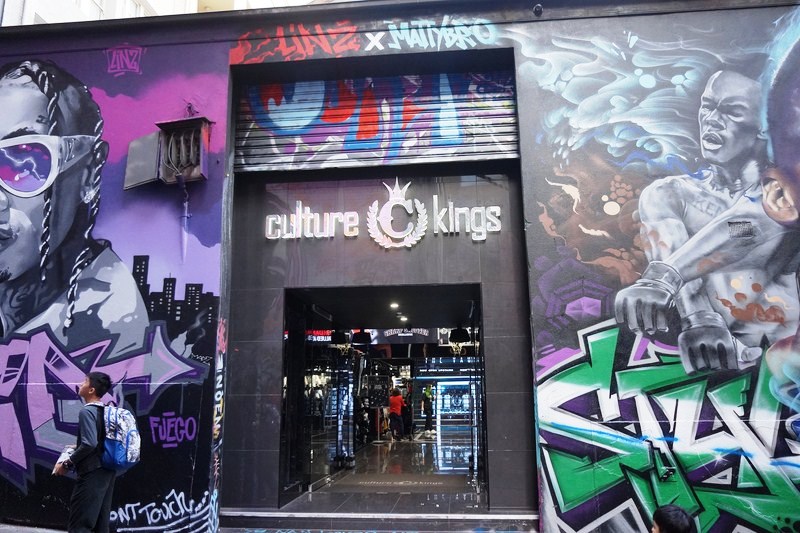
The rear entrance of Culture Kings. The flanking murals were later replaced by a commissioned Lizzo mural
However, Culture Kings, the monolithic clothing chain, has opened its second entrance (rear) along this iconic lane. Critics now fear commercialization of street art itself with an increase in corporate-funded artworks, stunts, and installations, which includes murals-as-ads.
NOTES:
On the evening (7:30 PM) of February 8, 2020 (Saturday), just a little over three months after our visit, a group of mask-wearing artists, in a coordinated project, almost completely hosed down Hosier Lane in an attempt to combat what some see as the commodification of public space, particularly a place that is important to the street art scene.
Some of the murals affected include the commissioned promotional mural art of Lizzo on the Culture Kings storefront and the mural of comedian Celeste Barber (painted in the wake of her massive bush fire fundraising efforts last month). Aside from the promotional art on the Culture Kings storefront, the lane has also seen ads for the Melbourne Football Club and UFC matches pop up recently, among other things.
The protesters used paint-filled fire extinguishers to coat the various murals lining the walls of the laneway. About a quarter of the street art was ruined. Clean up crews used high pressured hoses to remove the paint that settled on the laneway’s cobblestones.
How to Get There: Hosier Lane, located near the city center, lies opposite the entrance to the Atrium at Federation Square on Flinders Street, a prominent position in the city. The nearest stations to Hosier Lane areSt. Paul’s Cathedral/Flinders Street (Melbourne City), a 117-m. (2-min.) walk away; 6-Russell Street/Flinders Street (Melbourne City), a 178-m. (3-min.) walk away; and Collins Street/Russell Street (Melbourne City), a 193-m. (3-min.) walk away.

